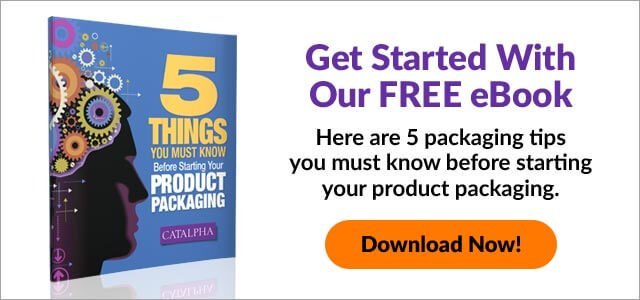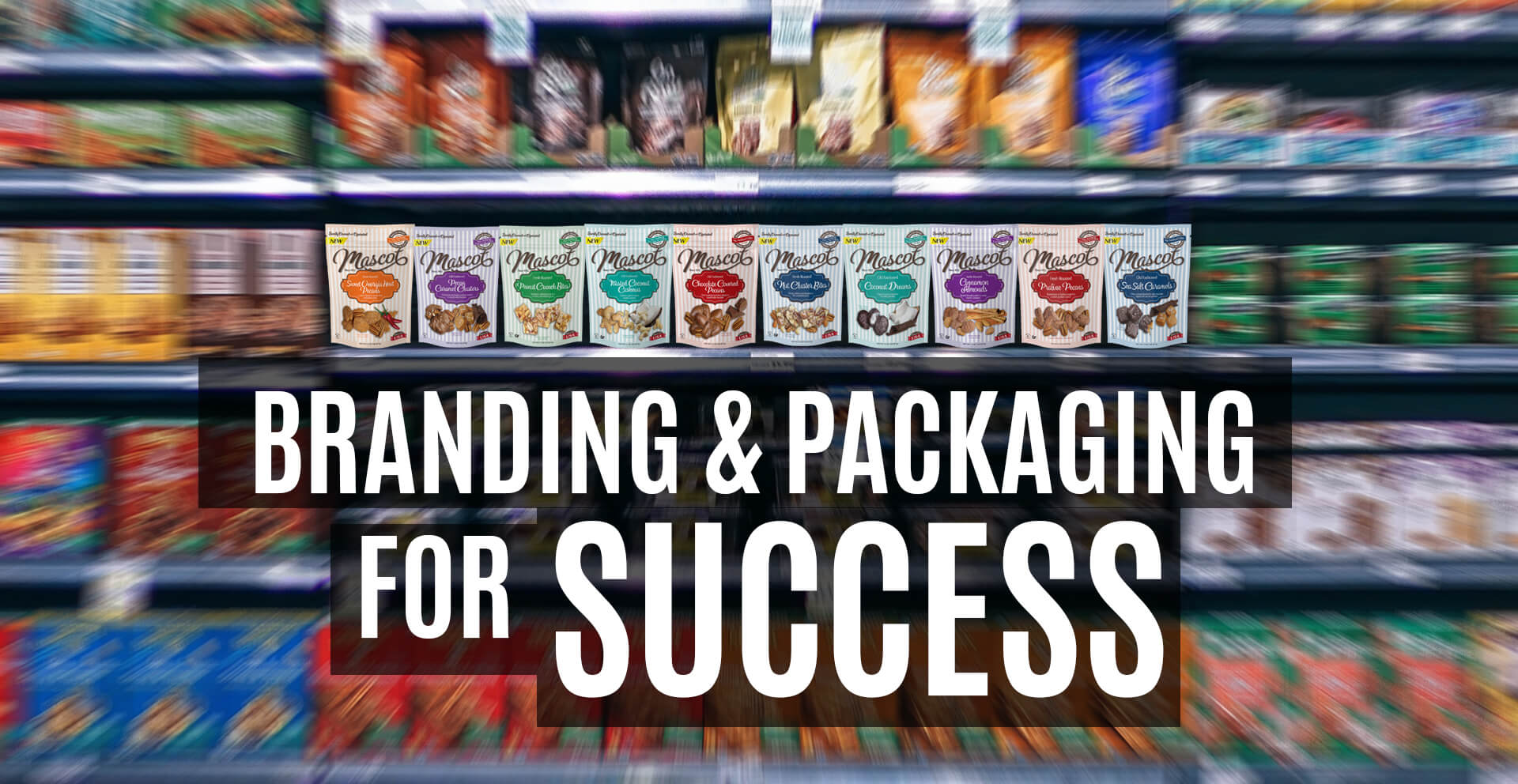
Branding and packaging design must be seen as critical components of any business strategy. In today's business climate, consumers are often overwhelmed with the number of choices that they face when making even the most mundane purchases.
Building a reputable brand that consumers can have full confidence in is vital if you want to stand head and shoulders above the competition.
However, you also need a brand that stands out from the crowd, is instantly recognizable, and gives the best possible impression of your business and what you are all about.
Here at Catalpha, we understand that business owners need to do everything that they can to build their brand so they shine both in-store and online.
Your product packaging offers an amazing opportunity for you to connect with your existing and potential customers, share your business ethos, and boost your branding in the process.
There are countless ways that you can leverage your product packaging and improve your branding to make your company more successful moving forward.
And, while there is no one-size-fits-all solution, with the help of our experienced team here at Catalpha, you can ensure you have every chance of standing tall against the competition in today’s ever-competitive market.
Let’s take a look at just some of the ways that branding and packaging design can make your company more successful.
Packaging First Impressions
The way a product is presented to a potential customer has a profound impact and, indeed, the potential to make the sale almost immediately if the presentation is just right.
Of course, the opposite is also true; poor presentation of an otherwise great product means buyers pressed for time may decide to look elsewhere because that first impression was weak.
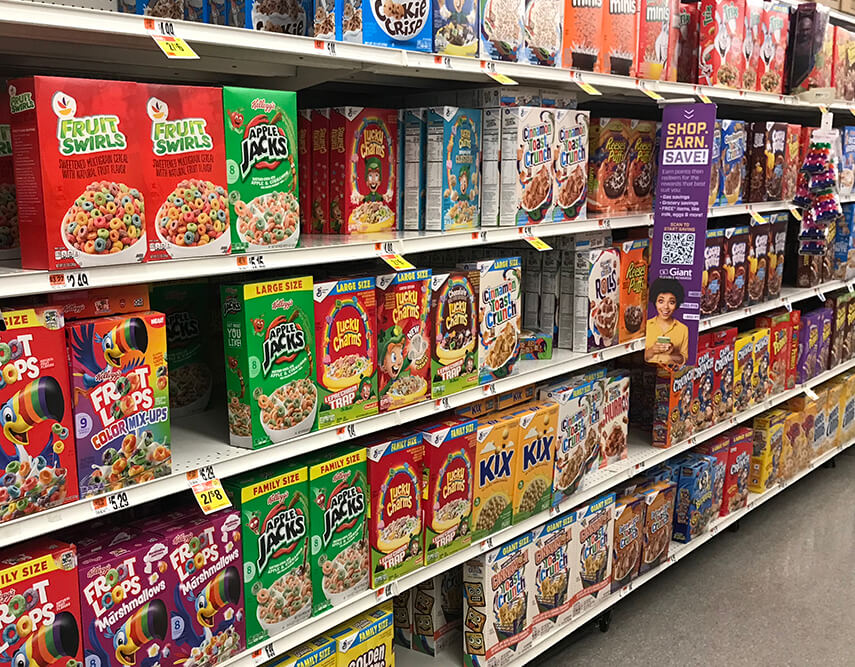
Many great products have failed to make market gains because their stature wasn’t effectively conveyed by the outer packaging.
Conversely, many products that are honestly quite average in their function sell exceedingly well because they’re branded and packaged better than the competition.
So with these basic truths in mind, let’s delve deeper into the underlying goals of product packaging and branding and how they can level up your revenue in crowded market spaces.
Packaging Goals
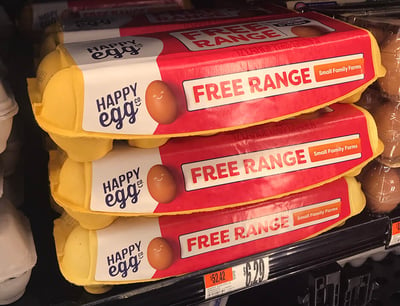 Protection - The most basic definition for packaging is to provide a physical containment outer shell that protects the product from breakage and allows for safe and secure transport from the factory to the final point of sale in a retail establishment, or direct shipment to the consumer.
Protection - The most basic definition for packaging is to provide a physical containment outer shell that protects the product from breakage and allows for safe and secure transport from the factory to the final point of sale in a retail establishment, or direct shipment to the consumer.
Depending on the product, the packaging material can utilize a wide range of construction materials. Cardboard boxes, metal cans, spray bottles, and plastic or cellophane wrapping are just a few common examples of packaging offered to producers.
They all share the same end goal of preventing product damage during shipment while providing portable storage and presentation of the product.
Functionality - The functionality of the packaging is a direct correlation to the nature of the product itself. For example, liquid products like perfume or nail polish typically have glass bottles as their packaging since their chemical makeup dictates certain product safety protocols are met.
This goal also can also tie in with protection, but it also relates to how the consumer interacts with both the product and its packaging. Ease of use, tamper-proofing, and compliance with government safety regulations all factor into the functionality realm.
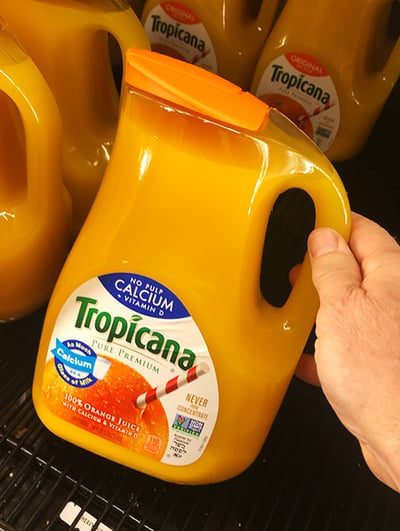 A functional packaging design is one that provides the consumer with intuitive ways of interacting with the product. How well does the liquid pour from the bottle? Does it drip randomly, causing the consumer to mop up spills, or does it perfectly flow out of the bottle opening? Intelligent package design will take these questions and factors into consideration.
A functional packaging design is one that provides the consumer with intuitive ways of interacting with the product. How well does the liquid pour from the bottle? Does it drip randomly, causing the consumer to mop up spills, or does it perfectly flow out of the bottle opening? Intelligent package design will take these questions and factors into consideration.
If the packaging works in harmony with the product to provide consumers with a seamless user experience, then you know your package design is on point.
Efficiency - If the package is too big or too thin for the intended use, then your efficiency is out of alignment, potentially leading to higher expenses and lower net revenue.
Use package construction that intelligently aligns with the product it surrounds while giving the end user an upscale look and feel. For example, a 12 x 12 x 12” generic brown corrugated cardboard box is a great choice for bulk shipment of, say, Green Tea.
But using that same thickness box for the individually wrapped tea bags that occupy shelf space would be overkill and lead to higher costs for the product. The packaging would simply be too big for the shelves, too thick for a customer presentation, and too expensive for the producer, given the use case.
For retail shelves, smaller and much thinner cardboard packaging for tea bags is the most efficient choice. It provides a hand-size box for the consumer to easily handle while providing the platform for you to present the messaging that conveys your product via text, logo, and imagery.
Brand Messaging - We’ve discussed the protection packaging should provide, along with the essential functionality traits like safety, protection, and usability for the product consumer.
We’ve also established that packaging efficiency leads to higher revenue through intelligent package construction and sizing. Now it’s time to bring everything full circle and discuss the messaging about your company and its values and how that relates to packaging.
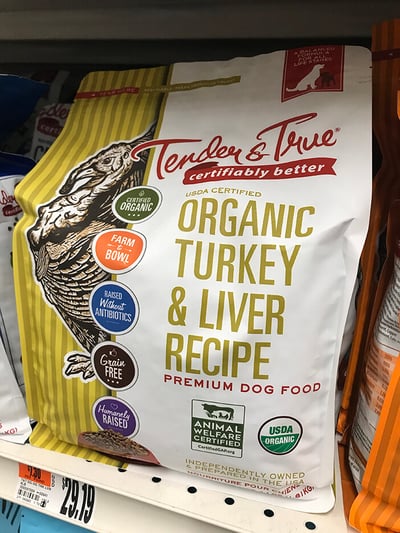 Highly successful companies use their packaging as information conduits unto themselves. Traditional forms of advertising such as television and radio ads, newspapers, and magazine inserts are all essential, albeit expensive, ways to project your message and inform consumers about why your company’s products are superior to the competition.
Highly successful companies use their packaging as information conduits unto themselves. Traditional forms of advertising such as television and radio ads, newspapers, and magazine inserts are all essential, albeit expensive, ways to project your message and inform consumers about why your company’s products are superior to the competition.
But your packaging designs are the next step in the process, and it’s critical to ensure your packaging reinforces the message those other methods convey.
Once you’ve established a new relationship or cultivated solid leads with traditional communication campaigns, you never want to lose customer engagement because of poorly designed or executed packaging design. Instead, you want to use all of the space provided by your packaging to efficiently convey your brand’s core values.
Lasting Impressions
When meeting new people or looking at new products, first impressions are everything and packaging plays a huge role in making that all-important positive first impression.
However, once the sale is made, or the product is perhaps given out to warm leads as a sample, it’s crucial to have solid branding and packaging in place.
Now that you have the product in the hands of actual customers, the packaging is in “always-on” status, if you will.
Television and internet ads are typically 30 seconds to a minute; consumers see them and either remember or forget them.
But physical products are always there, radiating your messaging to everyone in their vicinity, including friends, family, and colleagues of the consumer.
All potential new leads, who will also very likely be handling and potentially even using the product, will also form opinions along the way. Since your packaging is “always-on”, why not take advantage of this and give your packaging extra duties?
More Than Packaging
Successful companies use their well-designed packaging to not only ship, protect, and present their products for use but also to convey their mission statements, manifestos, core values, and identity.
Packaging can and should also be used to inform consumers about the company, the product, and more.
Where possible, present clear, easy-to-understand instructions for how to use the product. Presenting info in this manner saves you from having to provide user manuals that end up in landfills.
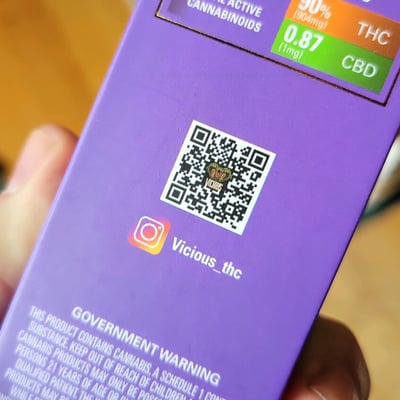 There’s also the potential to use QR codes to build consumer engagement and provide links to more detailed user instructions or manuals offered online, saving environmental impact.
There’s also the potential to use QR codes to build consumer engagement and provide links to more detailed user instructions or manuals offered online, saving environmental impact.
With just a bit of foresight and high-level planning, product packaging can also provide many core functions to your business that entire departments usually focus on.
You can engage customers by including social media information, registering customers for warranty programs, advertising other relevant products, and sharing your website link.
With the right approach to packaging design, you can build repeat buyer programs by offering coupons and deals only available from your packaging.
Sustainable business operations are very important to today’s consumers, and market research consistently shows this correlation.
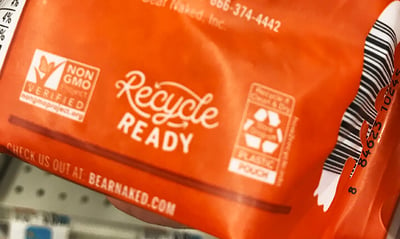 Savvy business owners use their packaging to convey their commitment to the environment through their material choices, the messaging used, and aligning the brand with environmental causes.
Savvy business owners use their packaging to convey their commitment to the environment through their material choices, the messaging used, and aligning the brand with environmental causes.
This approach can have a positive impact on the public perception of your business, which in turn will lead to increased sales and brand loyalty moving forward.
Consistent Look and Feel
Consumers know your company’s logos, colors, and branding from the commercials they see and the advertisements presented online.
Reinforce this messaging by using consistent visual cues and text on your packaging. When consumers have made the decision to go with your products based on other communication methods, give them the peace of mind and familiarity they’ve come to expect from your vision by letting your packaging do the heavy lifting.
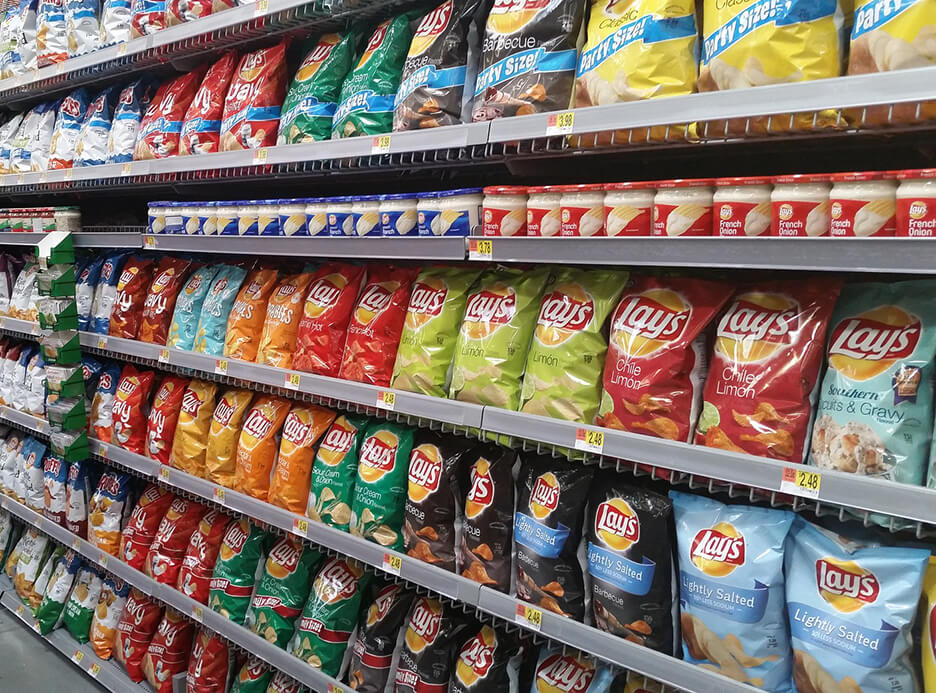
Use modern, sustainable raw materials that meet the core goals of product protection, functionality, and efficiency. Convey the main tenets of your brand messaging while providing easy-to-read instructions.
Build new leads by using modern engagement methods, including social media and other marketing strategies. Customers are starved for truly great products, and market research shows they are willing to promote worthwhile products to their friends and family, putting your brand in the spotlight.
Point of Purchase Displays
In addition to intelligent packaging designs, many companies are now using custom in-store and trade show displays that align with their packaging themes as an additional way to maximize their return on the branding investments they’ve made.
Get your products, and their superior packaging noticed on the store shelves by using our unique display structures that draw consumers’ attention through special lighting, placement, and audio/video displays.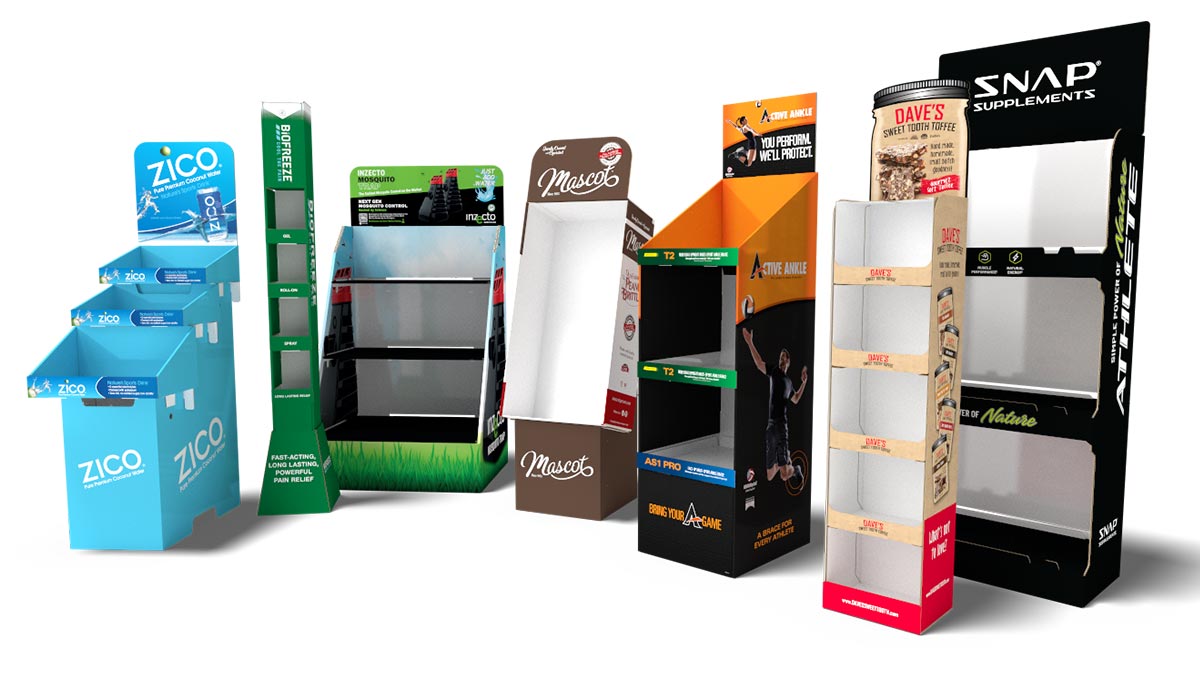
With shelf-based in-store display structures, you can ensure that your products are seen in the best light possible, you can create hype around your offerings, offer additional information, and samples/trials of your products and create in-store campaigns to boost sales and increase brand recognition.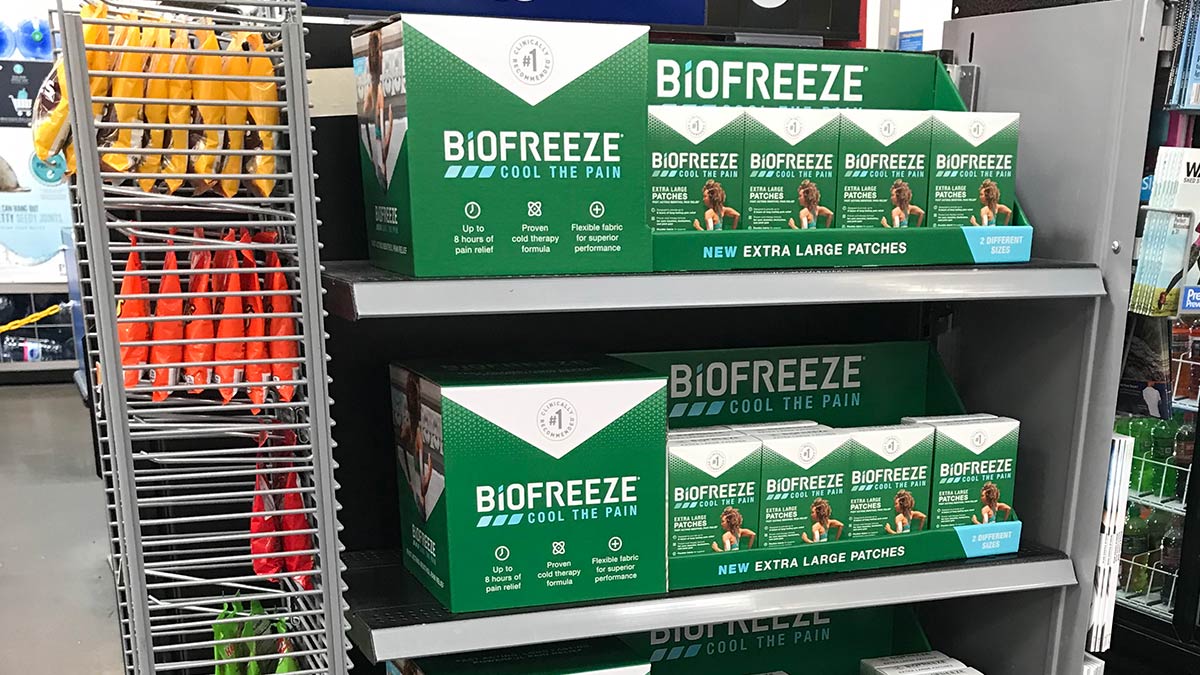
Ready To Upgrade Your Packaging Design?
In today’s ever-competitive markets, both online and in-store, it’s more important than ever that you stand out from the competition. Increasing brand awareness is key in the current business landscape.
By taking the time to build your brand, and maintaining consistency through the various mediums and channels you use, you can start to increase brand recognition and improve your brand’s credibility and status in the eyes of the consumers.
Packaging design is an essential step in this process as it is typically the first interaction any consumer will have with your products.
Investing in product packaging can help you to make that all-important positive first impression and give you countless opportunities to build your brand, connect with your demographic, and inform consumers about your company and what you are all about.
Here at Catalpha, we have helped countless companies to elevate their branding with our custom packaging designs.
We understand that there is no one-size-fits-all solution when it comes to packaging design. Our designers work closely with each of our clients to ensure we deliver a solution that will help them to establish their brand in the marketplace, increase sales and ultimately, achieve their goals.
Get in touch with our expert team at Catalpha today to find out how we can help you to move closer to your business targets.

